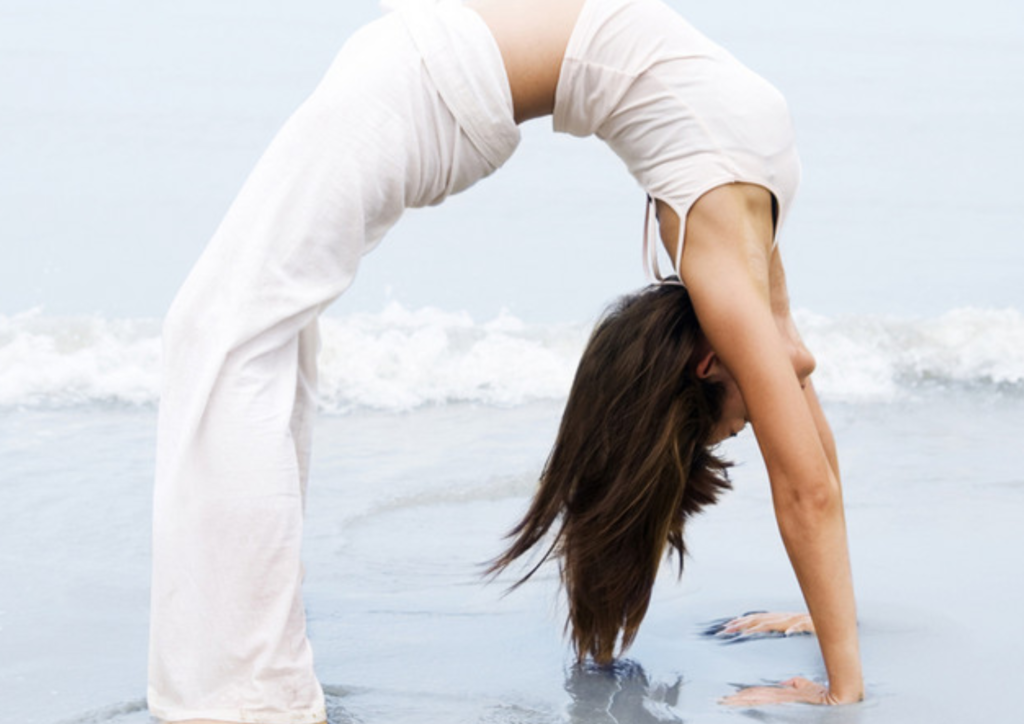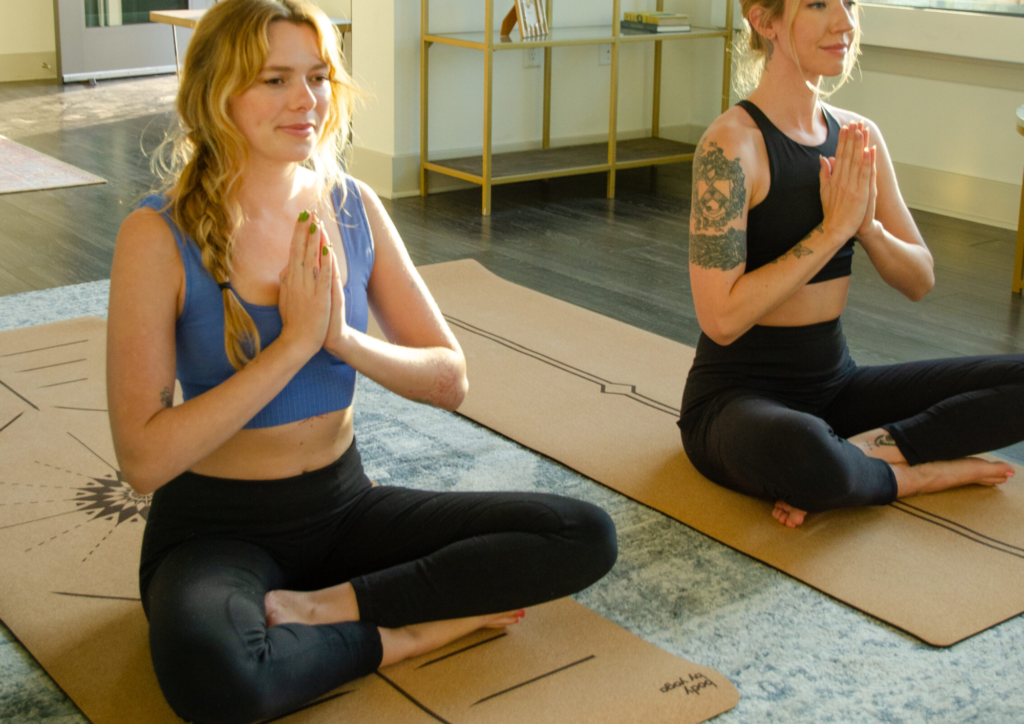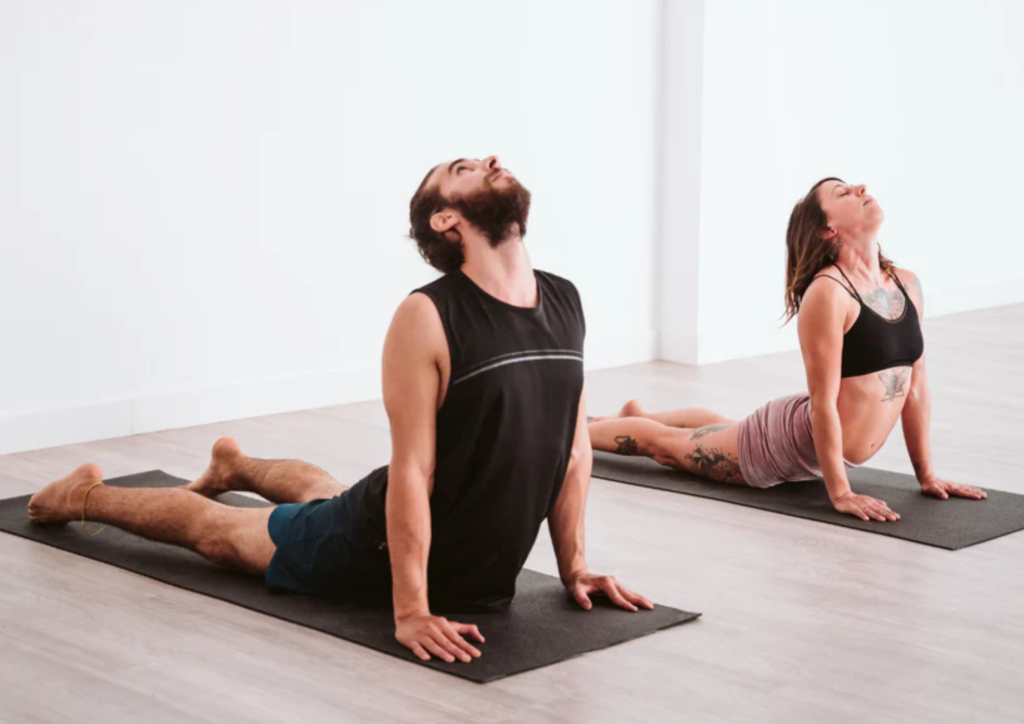Power yoga has gained immense popularity in recent years for its unique blend of traditional yoga poses and high-intensity movements. It’s more than just a workout—it’s a transformative practice that strengthens both the body and mind. But what exactly is power yoga, and how does it differ from other yoga styles?
What is Power Yoga?
Power yoga is a vigorous, fitness-focused style of yoga that incorporates elements of Vinyasa and Ashtanga yoga. Unlike the slow-paced flow of traditional yoga, power yoga is fast-paced, combining strength-building postures with continuous movement. It’s designed to build stamina, improve flexibility, and enhance concentration, making it a perfect choice for those looking for a challenging and dynamic workout.

Key Features of Power Yoga
No Set Routine: Unlike Ashtanga yoga, which follows a set series of poses, power yoga classes can vary widely depending on the instructor. This allows for creativity and diversity in practice.
Dynamic Flow: Power yoga follows a sequence of poses in a fast flow, transitioning smoothly from one posture to another. This helps increase your heart rate and burn calories.
Focus on Strength: While most yoga styles emphasize flexibility, power yoga prioritizes strength and endurance. Many poses engage your core, arms, and legs, making it a full-body workout.
Breath-Body Connection: Like traditional yoga, power yoga focuses on connecting breath with movement. This breathing technique, called “Ujjayi” breathing, helps maintain focus and control throughout the practice.
Benefits of Power Yoga
Power yoga offers a range of benefits, both physically and mentally. Here are some key advantages:
- Improves Strength and Flexibility: Since it incorporates more vigorous movements and weight-bearing poses, power yoga helps build muscular strength while increasing flexibility.
- Boosts Cardiovascular Health: The continuous movement and fast pace get your heart pumping, making power yoga an effective cardiovascular workout. It can help improve your stamina and endurance over time.
- Enhances Mental Focus: The breath-centered nature of power yoga requires you to stay present and focused, which enhances mental clarity and reduces stress.
- Burns Calories: If weight loss is one of your fitness goals, power yoga is an excellent choice. The intensity of the practice helps burn more calories compared to traditional yoga.
- Increases Energy Levels: The physical exertion combined with mindful breathing stimulates the body and mind, leaving you feeling energized and refreshed after each session.

Who Should Try Power Yoga?
Power yoga is ideal for those who want more than just a slow, meditative yoga practice. If you enjoy high-energy workouts that challenge your strength, flexibility, and balance, power yoga could be a perfect fit. It’s especially suitable for:
- Fitness Enthusiasts: People who already have a regular fitness routine and want to add a new, dynamic element to their workouts.
- Athletes: Power yoga can help athletes improve endurance, mobility, and strength while providing a complementary form of exercise.
- Experienced Yogis: While beginners can certainly try power yoga, it’s often best for those who already have a good foundation in basic yoga poses.
How to Get Started with Power Yoga
Getting started with power yoga is simple. Here are a few steps to help you begin:
- Find the Right Class: Power yoga classes are widely available, both in studios and online. Look for a class that matches your fitness level and goals.
- Prepare Physically: Since power yoga is more intense than other forms, it’s helpful to have a basic level of fitness. Start with beginner-level yoga or strength training to build endurance before diving into power yoga.
- Stay Consistent: Like any fitness routine, consistency is key. Aim for two to three power yoga sessions a week to start noticing improvements in strength, flexibility, and stamina.

Power Yoga vs. Traditional Yoga
While both power yoga and traditional yoga share the same foundational poses, their goals and approaches differ significantly:
- Pace: Traditional yoga focuses on slow, mindful movements, while power yoga is faster and more intense.
- Intensity: Power yoga is more physically demanding, often resulting in a sweaty, heart-pumping workout, unlike the more meditative nature of traditional yoga.
- Focus: Traditional yoga is rooted in achieving mental and spiritual balance, whereas power yoga is typically geared toward fitness and strength-building.
Power yoga is an excellent option for those looking for a full-body workout that combines the mindfulness of yoga with the intensity of a cardio session. It helps build strength, improve flexibility, and boost mental focus, making it a powerful tool for overall well-being. Whether

